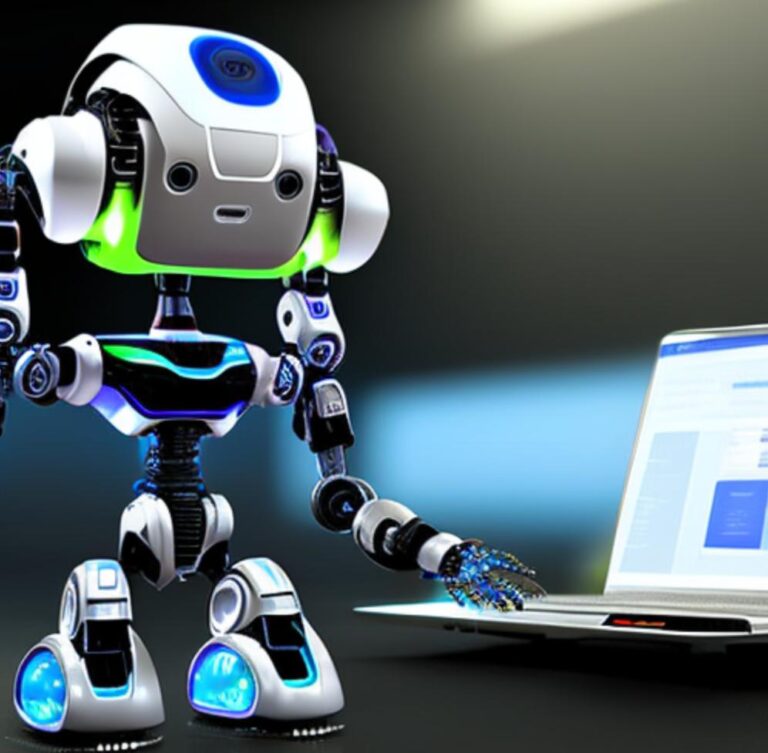Introduction
Artificial intelligence, or AI, has rapidly become an integral part of our lives. From personal assistants like Siri and Alexa to self-driving cars and automated manufacturing, AI is revolutionizing the way we live and work. And as our reliance on technology grows, so does the need for robust cybersecurity solutions to protect our sensitive information from cyber threats.
The Rise of AI in Cybersecurity
The rise of AI in cybersecurity is the result of the growing sophistication of cyber attacks and the need for faster, more efficient ways to detect and respond to them. Traditional cybersecurity measures, such as firewalls and antivirus software, rely on predefined rules to identify and block threats. However, as cybercriminals evolve their tactics, these methods are no longer enough to keep our data safe.
The Benefits of AI in Cybersecurity
The use of AI in cybersecurity has many potential benefits, including improved threat detection and response, reduced human error, and increased efficiency. As cyber attacks become more sophisticated, AI can help security teams stay one step ahead by quickly identifying and responding to new threats.
Additionally, AI can analyze vast amounts of data in a fraction of the time it would take a human, enabling faster and more accurate threat detection. This is especially crucial in the age of Big Data, where traditional methods may struggle to keep up with the volume and complexity of data.
Challenges of AI in Cybersecurity
While AI brings many benefits to cybersecurity, it also presents unique challenges. One of the main concerns is the potential for AI to be manipulated by cybercriminals. As AI algorithms are trained on large datasets, there is a risk of biased or incomplete data leading to biased results. Cybercriminals can exploit these vulnerabilities, making it crucial for AI developers to continuously monitor and improve their algorithms.
The Role of AI in the Development of Cybersecurity Solutions
AI is playing a crucial role in the development of cybersecurity solutions, leading to a new era of proactive and adaptive cybersecurity. As cyber threats continue to evolve, AI-driven solutions are continually learning and adapting to new attack techniques, making them more effective than traditional methods.
Moreover, AI can also help security teams prioritize their efforts by focusing on the most critical threats. With the growing number of cyber threats, it can be challenging for security teams to identify which threats are most pressing. AI algorithms can analyze data and determine which threats require immediate attention, allowing for more efficient allocation of resources.
Conclusion
In conclusion, AI is quickly becoming a game-changer in the cybersecurity industry. Its ability to learn, adapt, and automate tasks has the potential to revolutionize how we protect our data from cyber threats. However, it also presents unique challenges that must be addressed to fully realize its potential. As technology continues to advance, the role of AI in cybersecurity will only continue to grow, making it an indispensable component in the development of cybersecurity solutions.

